【FOCUS】Innovation Acts in Urban Transportation
Today, we will focus on the theme of "Innovation Acts in Urban Transportation" and share innovative solutions from five cities. Without further ado, let’s learn about public transportation innovation with Guangzhou Award Secretariat!
Nairobi, Kenya
Luthuli Avenue Sustainable Mobility
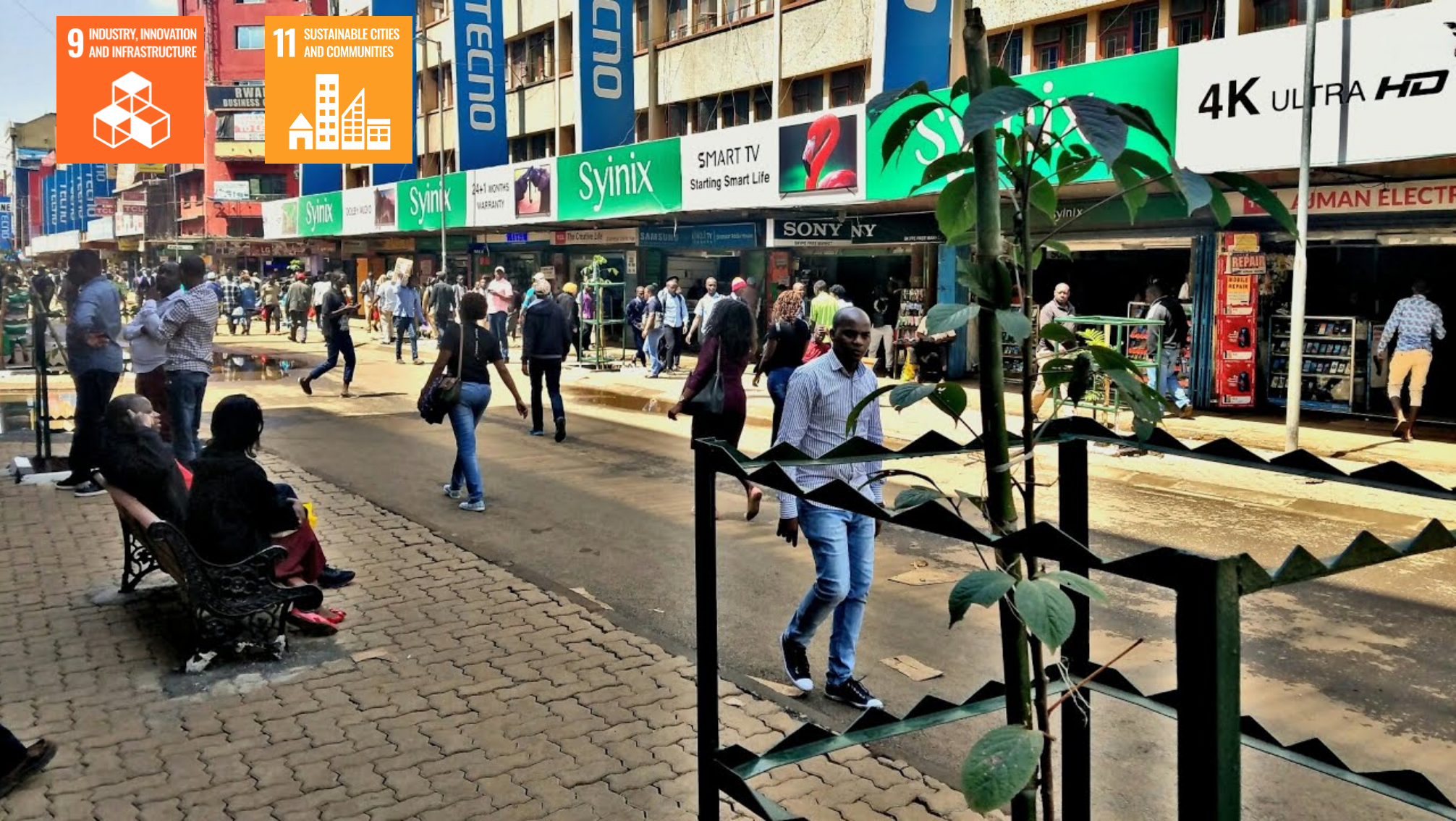
Nairobi City County Government has ventured into an ambitious exercise to convert one of Nairobi’s busiest streets from a two-way to a one-way street. Luthuli Avenue boasts a high number of electronic businesses and is often characterized by a high volumes of public service vehicles that contribute to urban traffic congestion, air pollution and noise pollution, which have been detrimental to the quality of Luthuli Avenue’s businesses. The conversion of the Avenue to a one-way street will go a long way to decongest the city and direct traffic out of the central business district. The added benefit of improved air quality through the beautification and planting of trees will drive the push for cleaner air. Air quality monitors are also being installed in the street to collect data which will enhance monitoring capabilities of pollution levels. The cycling lanes and pedestrian walkways will improve urban mobility within the city.
https://www.c40.org/case_studies/nairobi-luthuli-avenue
Lima,Peru
Lima Advances in Non-Motorized Transport to Improve Urban Environment and Citizens’ Health
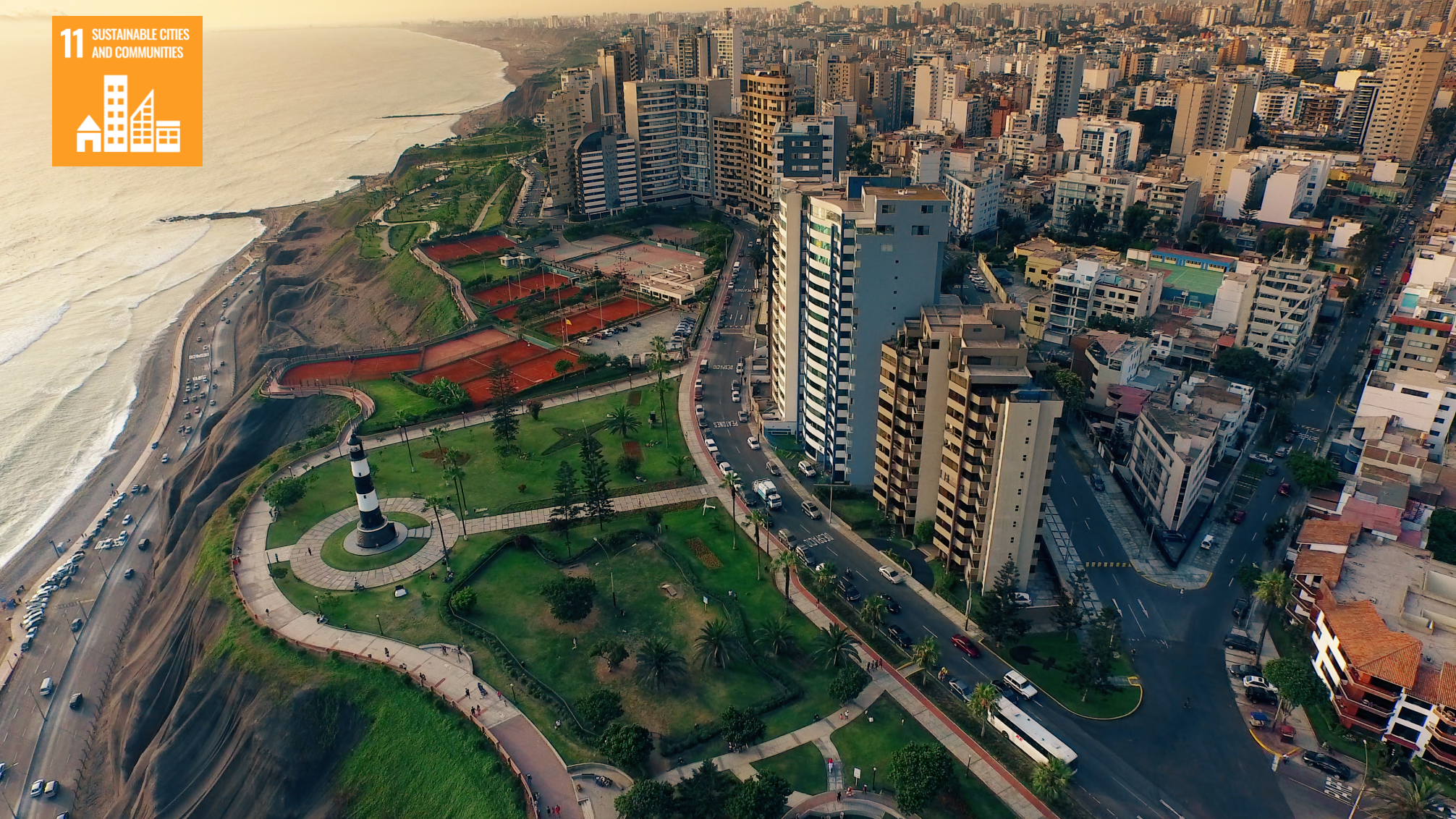
In the past few years, the municipality of Lima has implemented various projects to promote and increase non-motorized transport within the city, such as walking and biking.
One of the main projects is to ban cars from transiting through a large portion of the historical city center on every Sunday. 'Al Damero de Pizarro sin Carro’, as the project is called, instituted the closure of 68 blocks from 9am to 5pm every Sunday, which adds up to 15 km of public streets. This has improved the citizens’ quality of life and offered a new leisure opportunity, attracting over 120 thousand pedestrians and 1,400 cyclists per month.The project, which was approved in 2015, also tracks improvements in air quality, noise reduction and the increase in walking and cycling as a way to demonstrate the social and health benefits of this initiative. Alongside, there are several cultural and social activities organized every Sunday, coordinated by different municipal secretariats in partnership with the central government. Urban cycling workshops were also offered throughout the year, and over 3,600 people participated.
Nanjing, China
The “My Nanjing” App and The Promotion of Citywide Low-Carbon Travel
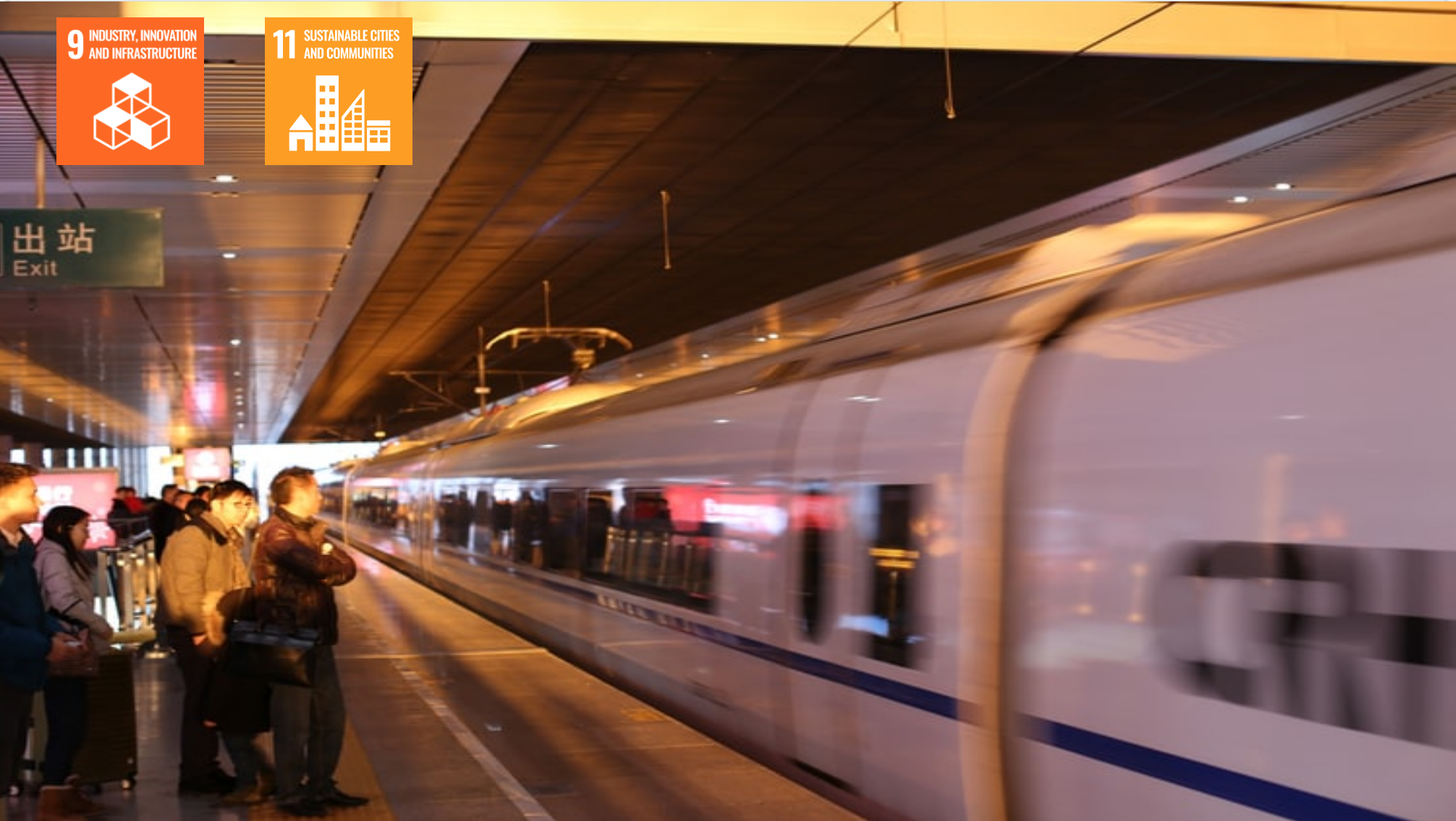
In 2016, Nanjing launched the “Nationwide Low-Carbon Travel” and “Create Green Nanjing”. Relying on the "My Nanjing" APP, Nanjing launched a public service platform for low carbon travel for all citizens in Nanjing. The city also organized events themed on low carbon travel as well as developed green payment methods and carry out carbon credit rewards through integrating citizen's green travel data covering walking, bicycling, metro, and bus. At present, the low-carbon travel public service platform receives about 2 million clicks per day from a total number of 800,000 individual users. The "My Nanjing" app has a number of benefits to the public, such as bike sharing, green travel, and charging rental for new energy vehicles. By providing instant bike sharing and bus positioning, ¬the public is encouraged to use public transportation. After the app was launched, the instant and efficient public transportation network information promoted the use of public transportation, thereby achieving indirect emission reductions.
https://www.c40.org/case_studies/my-nanjing-app
Chennai, India
Chennai's Public Bicycle Sharing System
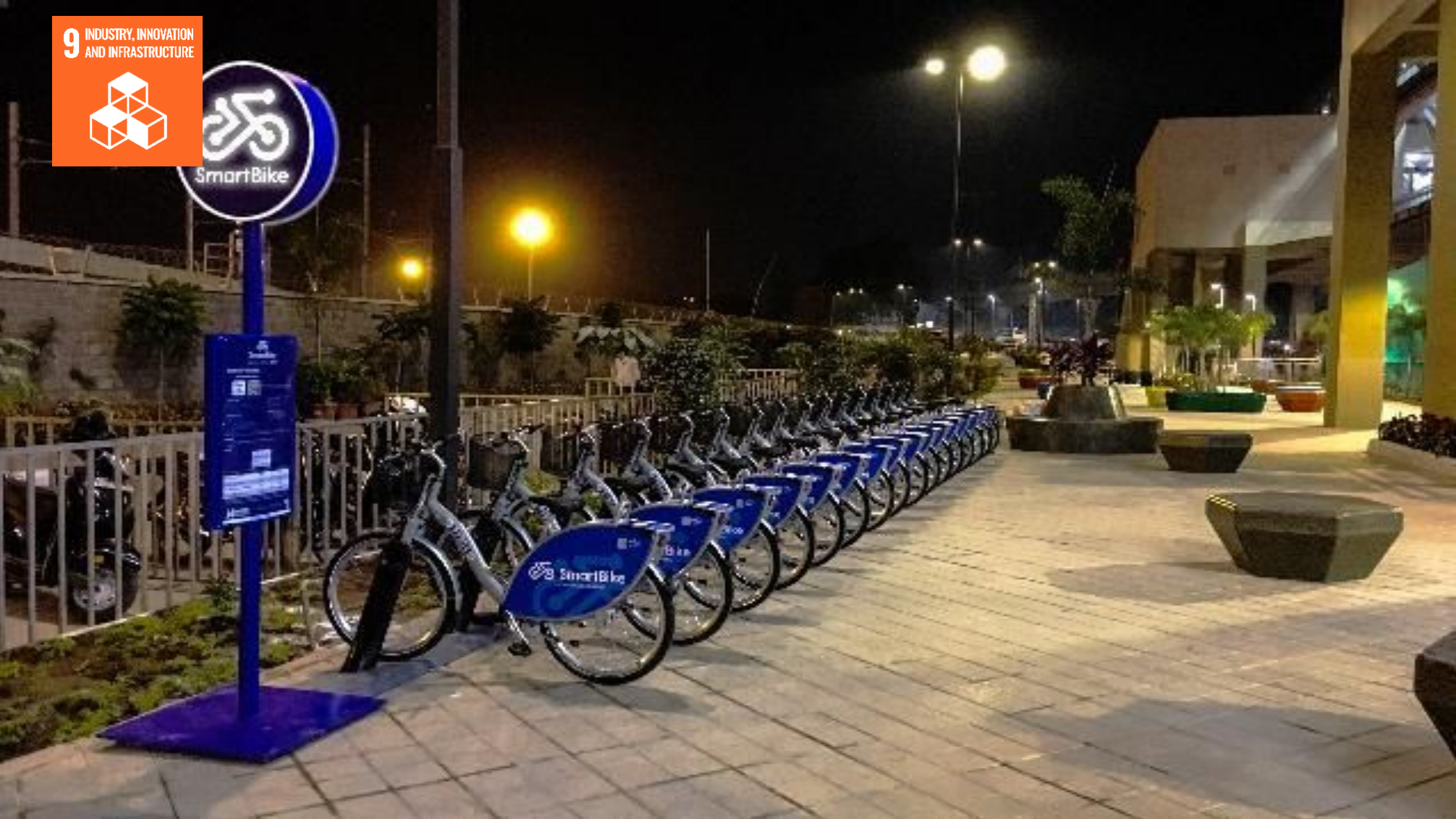
Chennai is the fourth largest metropolis in India and the vehicular traffic has been increasing year on year. Now, Chennai is adopting a very comprehensive strategy to augment public transport but also creating a supporting non-motorized transport infrastructure. Greater Chennai Corporation is the first megacity in India to adopt the Non-Motorized Transport policy. The public bicycle sharing system is expected to improve last mile connectivity and also reduce the dependence on motorized trips for shorter trips. At the cycle stations, the cycles would be unlocked and geo-tagged based on the app of the user. The mobile application would contain features for user login, map with real time information of trip, list of available bikes at stations, providing feedback, reporting problem, recording user’s trip history and personal profile. The project has an ambitious plan of 5000 cycles across 275 parking areas in the city.
https://www.c40.org/case_studies/chennai-s-public-bicycle-sharing-system
Bogotá, Columbia
Upgrade of the Cycle Network in Bogotá Dramatically Increases Bike Trips
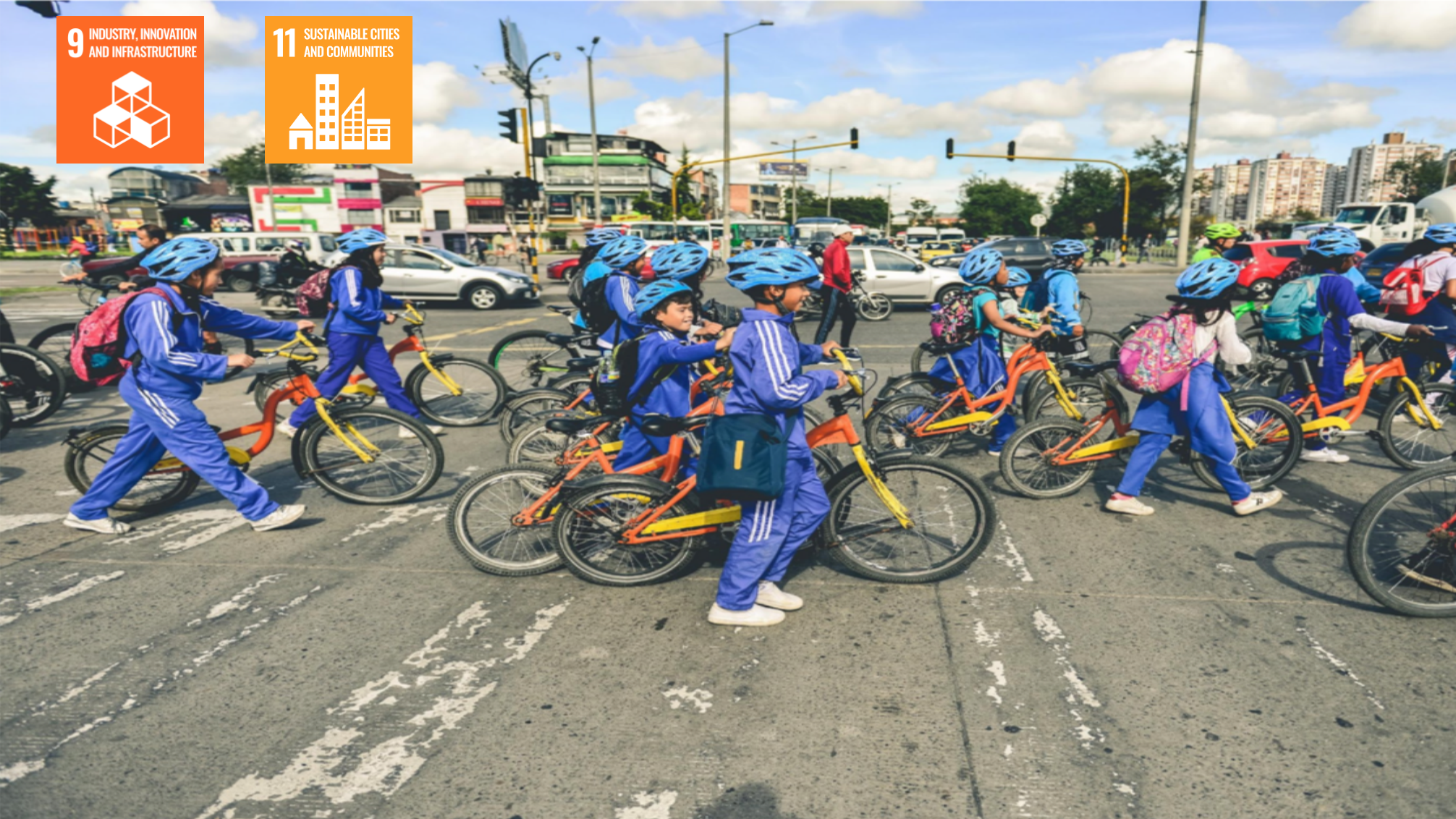
The municipality of Bogotá has invested in a number of cycling projects in the past few years, which resulted in a steady increase in the percentage of trips taken daily by bike, i.e. from 4.2% (635,000 trips) in 2015 to 6% (800,000 trips) in 2018. Bogotá has been expanding the bike lane network of over 80km in the past two years, and there have also been over 120 repairing or improvement works across the network, targeting at crossroads and intersections. Also, the Secretariat of Mobility organized a joint initiative which consisted of coordinated guided trips for students on their way to school and a special bicycle-use fostering program for children between 3 and 6 years old.


 In Focus | World Cities Day: People-Centred Smart Cities
In Focus | World Cities Day: People-Centred Smart Cities City Stories | Fostering community resilience: A lifeline for the Central African Republic
City Stories | Fostering community resilience: A lifeline for the Central African Republic In Focus | Innovative Education, Empowering Futures
In Focus | Innovative Education, Empowering Futures




















 Tel: +86 020 3780 4434
Tel: +86 020 3780 4434 Email: info@guangzhouaward.org
Email: info@guangzhouaward.org Adress: Unit 01-7, 28th Floor, No. 7, Chunrong 3rd Road, Tianhe District, Guangzhou, Guangdong, 510000, PRC
Adress: Unit 01-7, 28th Floor, No. 7, Chunrong 3rd Road, Tianhe District, Guangzhou, Guangdong, 510000, PRC




